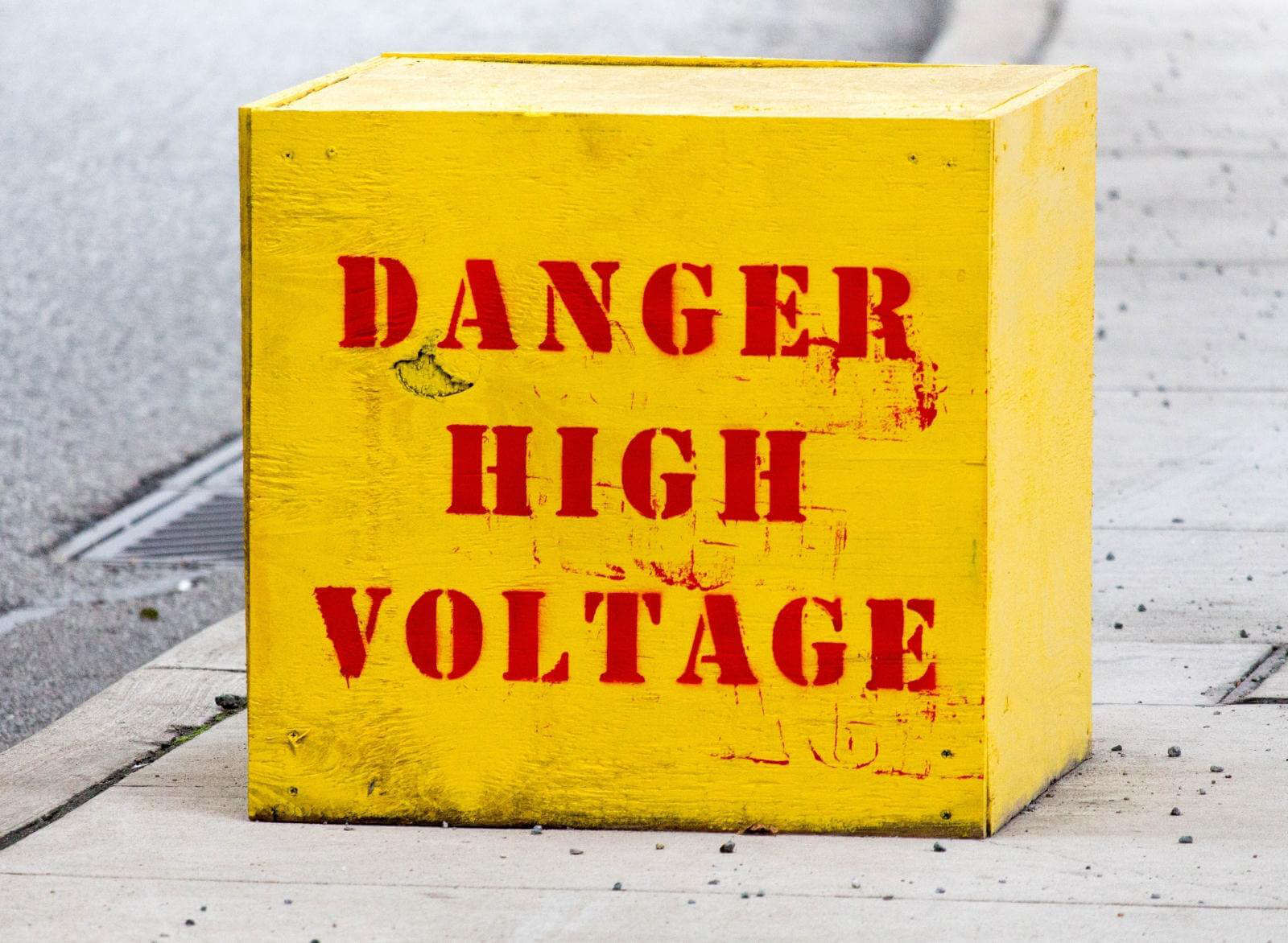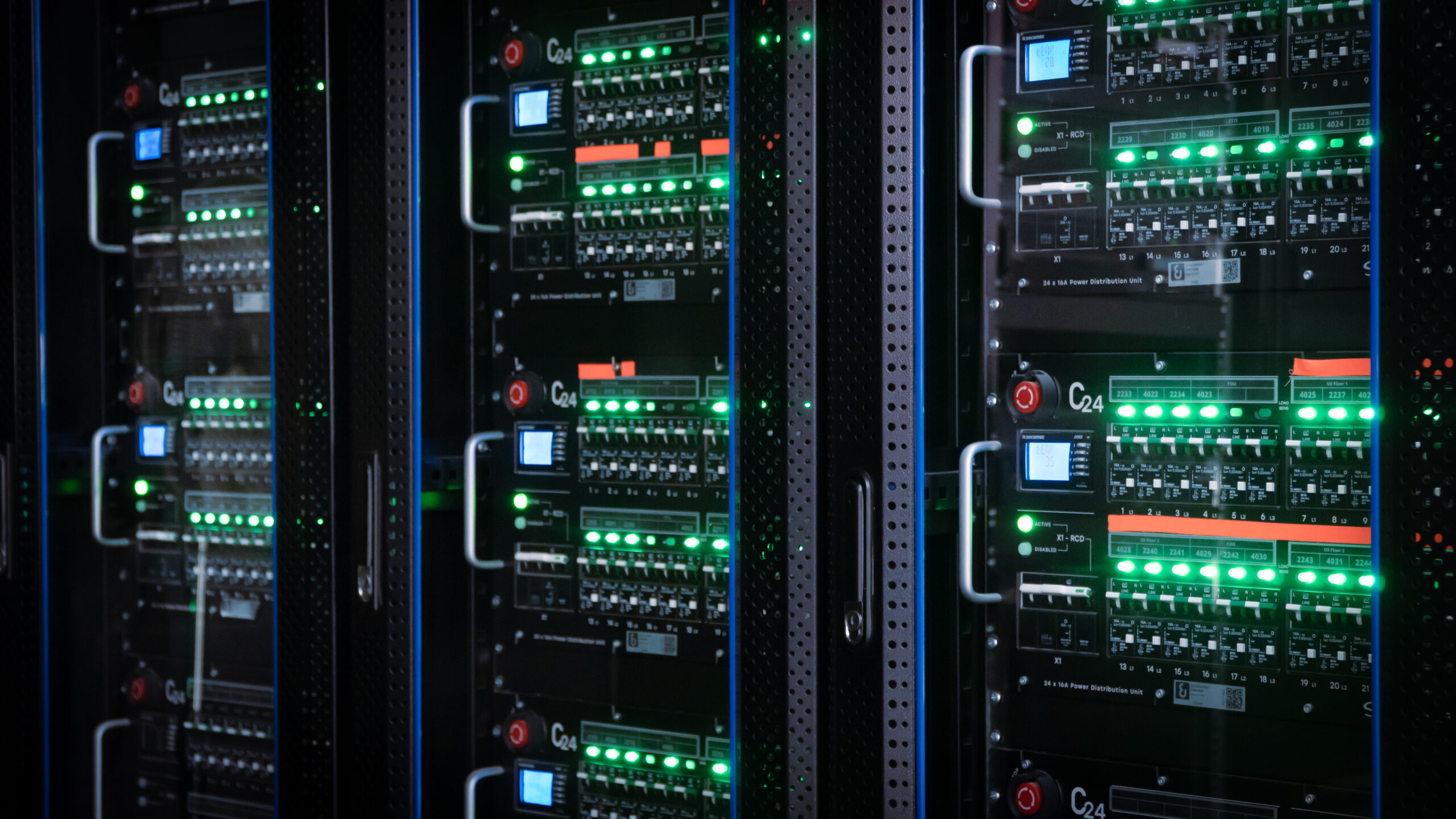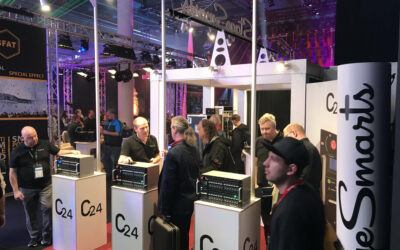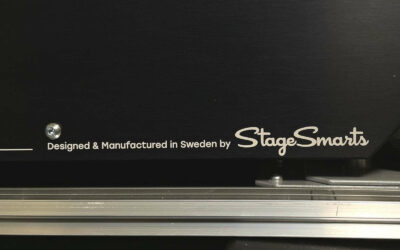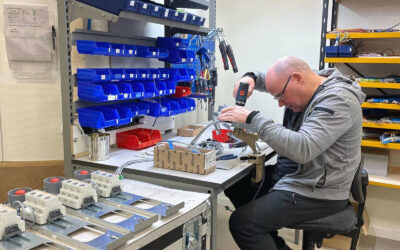The costly consequences of a missing neutral connection
In most parts of the world, the three-phase electrical systems are of the ”Y” type. This means a 5-wire connection with three-phase conductors, a common neutral and a protective ground connection. Each phase refers to the neutral for the 230V voltages and to each other for the 400V ‘cross-phase’ voltages. The equipment connected is almost always designed for 230V.
That goes for stage lighting, video, audio, backline, computers etc. Expensive stuff.
The electric energy flows in from the three-phase conductors and returns to the electric supply via the neutral conductor. How much current flows back on the neutral conductor depends on the balance between the currents flowing in the phase conductors.
If all three phases are equally loaded, drawing the same amount of current, the neutral is not carrying any current and could actually be disconnected.
But in reality, this is never the case, and in the events market, the connected loads vary their drawn current quite a lot. For example, automated lights; it used to be that they all used discharge lamps that, of course, run at full all the time. As such, they draw pretty much the same current all the time. But nowadays, most shows use mainly LED-based lights, and these draw a current proportional to intensity set by the control system.
The same for LED video displays; the current can go from zero to max several times a second if the video content so requires.
So, the currents and thus the load balance varies constantly and significantly. The neutral conductor works hard to keep all voltages in place by providing a safe and steady reference point and return path.
The brown trouser moment
Question: what happens if the neutral connection is lost while the load balance is not even? Answer; very bad things!
Even with the neutral connection to the loads missing, the neutral connections to each load/output are still tied together within the power distribution unit. But without the strong reference connection, the voltages across the connected loads will rapidly shift to create a ‘virtual’ balance point.
And, making matters worse, the clever switch-mode power supplies used in equipment today will try to compensate for reduced voltage by drawing more current. This leads to an even greater imbalance, pushing the other phase to neutral voltages well above 230V.
The end result is a lot of damaged equipment and potentially a much delayed or even cancelled show. And you probably need a change of underwear!
This happens very fast, in a few seconds maximum, and there is absolutely no way that you will have the time to switch off the power to save your equipment manually.
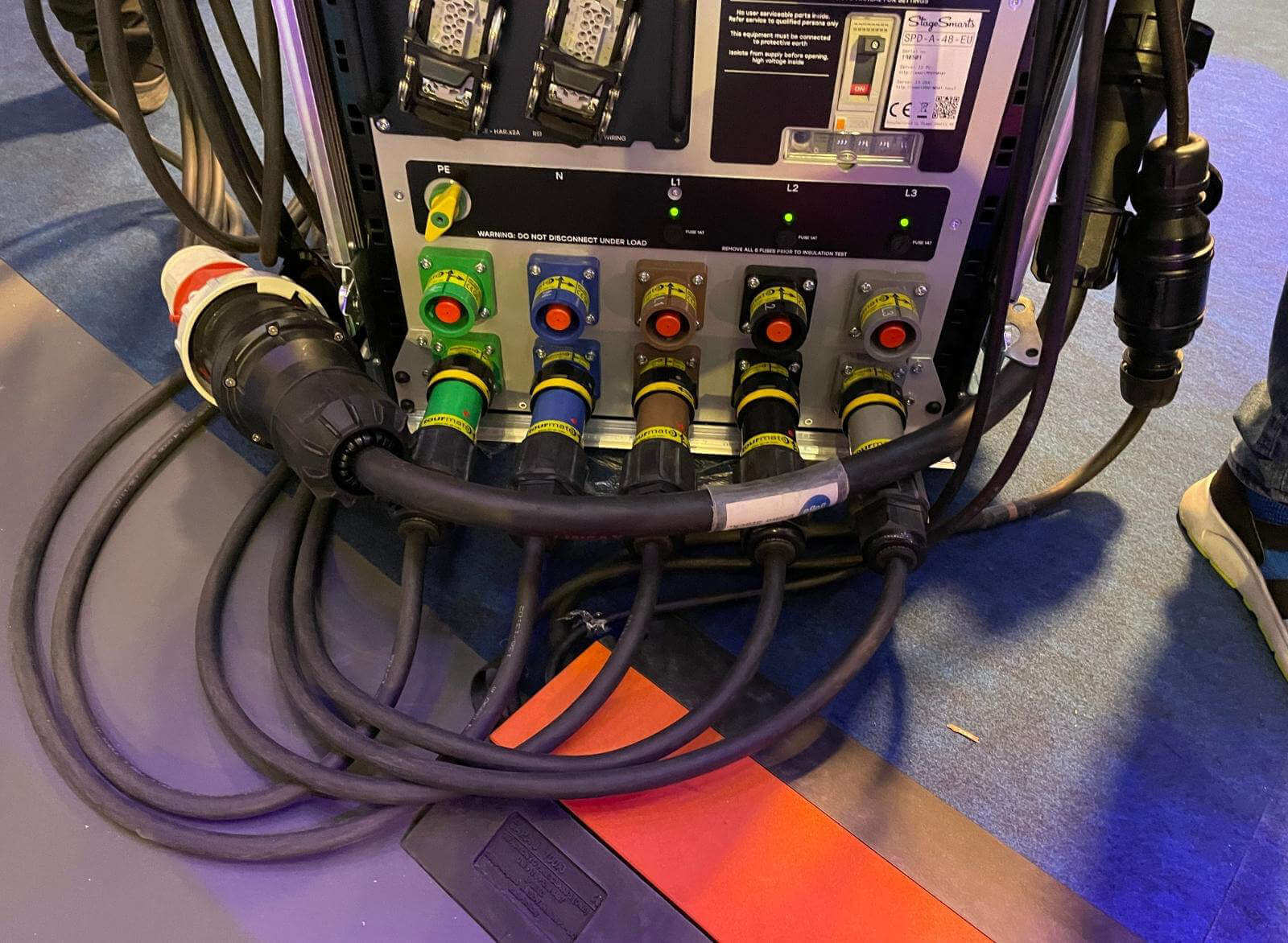
Reality check
But what about the fuses or circuit breakers? Won’t they react? No, they only look at the currents drawn. Sure, a really serious over-voltage situation may blow a fuse or trip a breaker eventually but not before it’s had time to turn your electronics and power supplies into smelly meltdowns.
If you believe your lights, LED video panels or amplifiers are protected against overvoltage, think again. Most manufacturers have omitted such protection for cost reasons. And even if there is some degree of protection, it is usually very basic protection for short voltage spikes.
Now some of you might say, “listen; my crew is very experienced; they always make sure the connections are correct and solid”. Sure, but you know that you are never 100% in control deep down. Cables get run over, some connections are beyond your control, and mistakes happen.
And spreading the loads evenly across the three phases does not help. That helps distribute the loads to make the most of the available three-phase supply capacity, but it will not help against the dramatic consequences of a lost or weak neutral connection.
The engineered solution
Many have tried, most have failed (and in the process, have created a false sense of security) to find a solution to protect against this genuine issue. Some fit standard ‘protection relays’, but they are too slow and will also cut the power for other unwanted reasons.
There was no shortcut available – a dedicated solution was needed, so we took the time and trouble to develop a highly effective ”lost neutral” protection system. This is fitted as standard in all our systems.
This circuit immediately trips the main breaker in case the neutral connection is lost and your equipment and reputation are killed.
StageSmarts – power distribution that serves and protects.
Written by Mats Karlsson, CEO of StageSmarts AB

